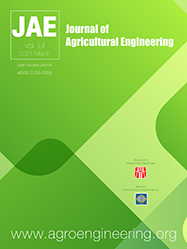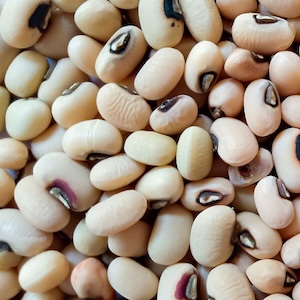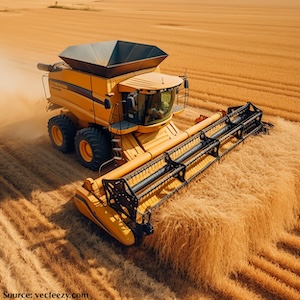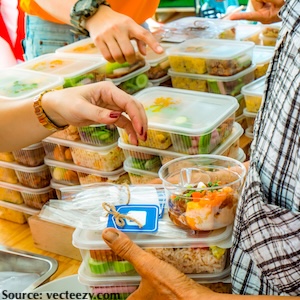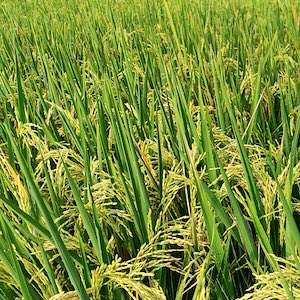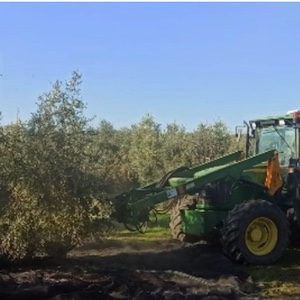Effect of tillage implement (spring tine cultivator, disc harrow), soil texture, forward speed, and tillage depth on fuel consumption and tillage quality
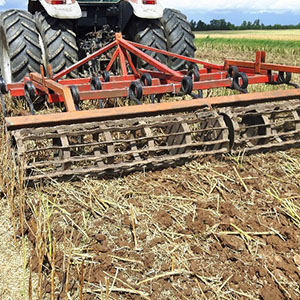
All claims expressed in this article are solely those of the authors and do not necessarily represent those of their affiliated organizations, or those of the publisher, the editors and the reviewers. Any product that may be evaluated in this article or claim that may be made by its manufacturer is not guaranteed or endorsed by the publisher.
Authors
Over the years, tillage became less intense due to environmental safety requirements to minimise fuel and labour time. Mainly, this is achieved by reducing the depth of tillage. However, highly cut winter rape stubble is the main challenge for reduced tillage to prepare clear soil, especially as the summer droughts intensify. This study aimed to determine the optimal tillage performances of the spring tine cultivator and compact disc harrow and establish the fuel consumption required to achieve the preferred level of soil structure formation and residue incorporation on loam and clay loam soil after a rape harvest. The fuel consumption depends on the desired level of soil tillage intensity, implement type, tillage depth (5 and 8 cm), and forward speed (1.4, 1.9, 2.5, 3.1, and 3.6 m∙s–1). The tractor ‘CASE IH 135’ was instrumented with a different data acquisition system and was used to perform the indicators of stubble tillage. The research examines the dependence of the tractor-implement regime mode on the soil aggregate ratio, which varied from 0.10 to 0.21, and the residue interblending ratio, which varied from 0.60 to 0.96. The relationship was established by obtaining the tillage quality level and reduced fuel consumption, which varied from 3.4 to 5.9 L·ha–1, depending on soil type. Minimising fuel consumption and sufficient quality of oilseed rape stubble cultivation was achieved by reducing the depth but not the tillage speed.
How to Cite

This work is licensed under a Creative Commons Attribution-NonCommercial 4.0 International License.

